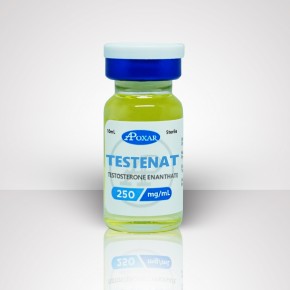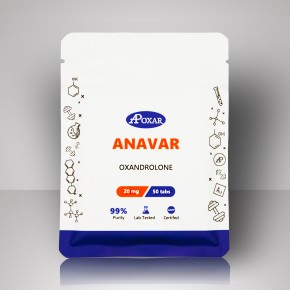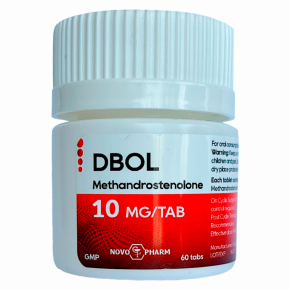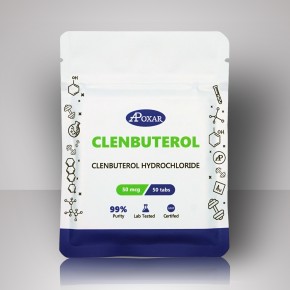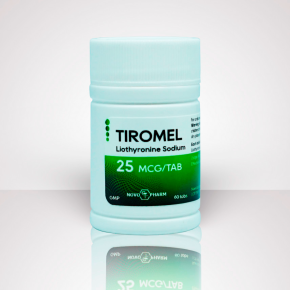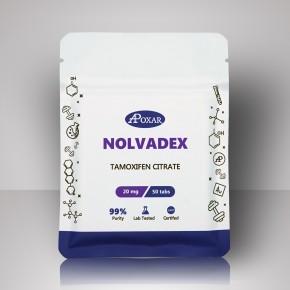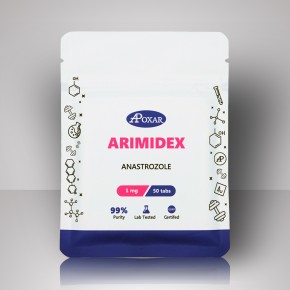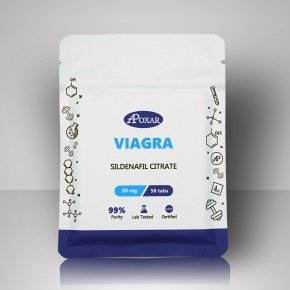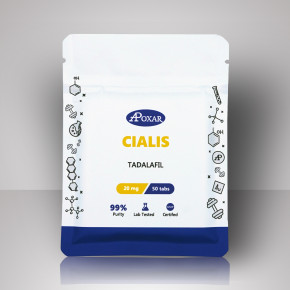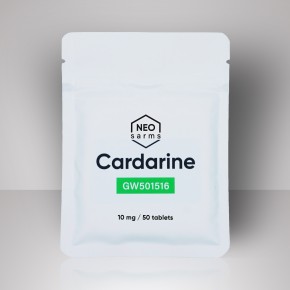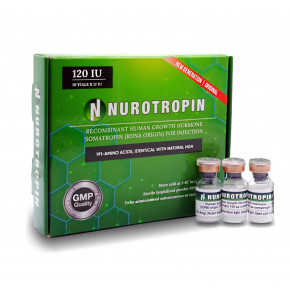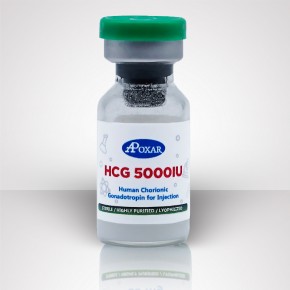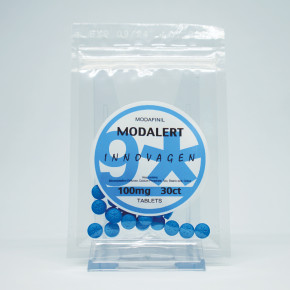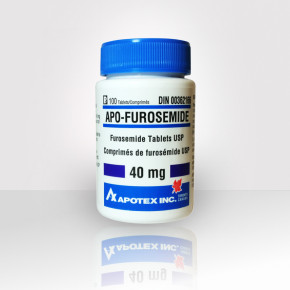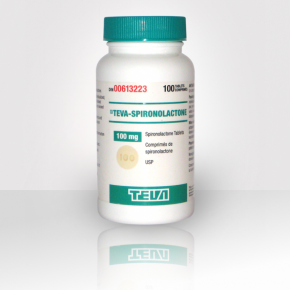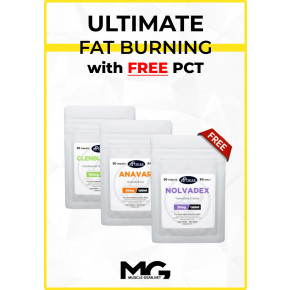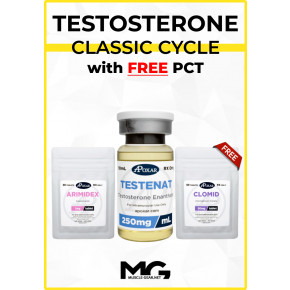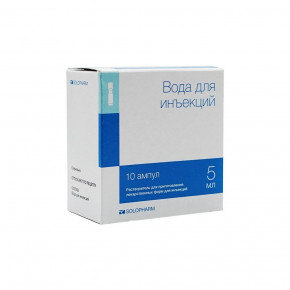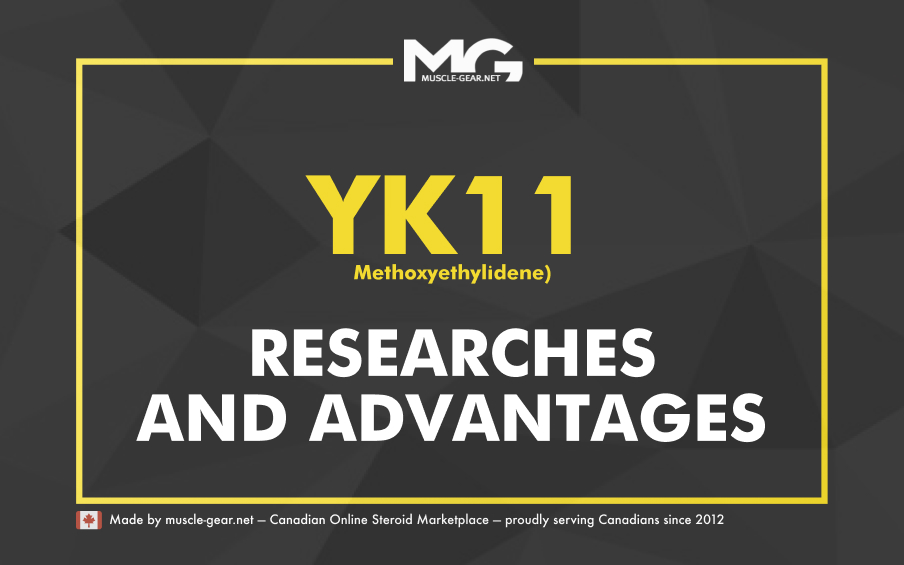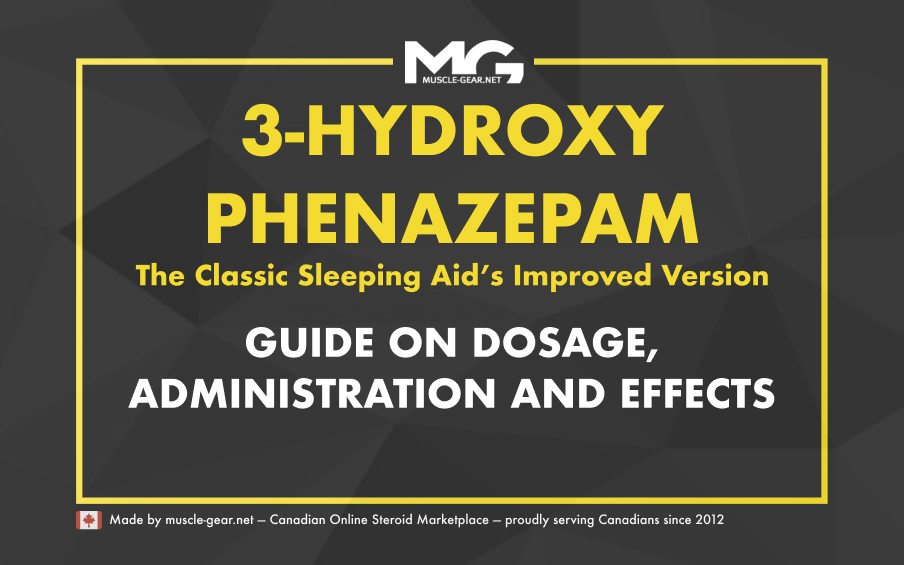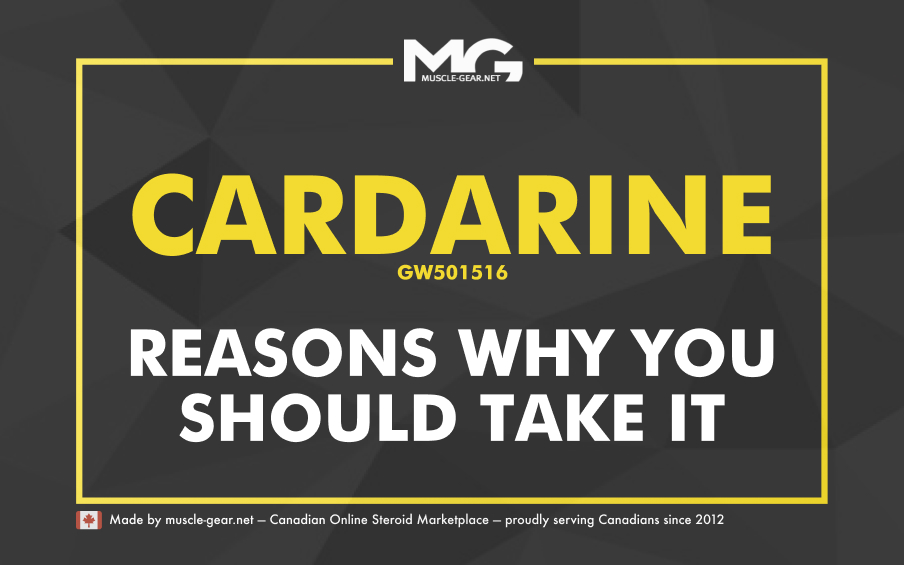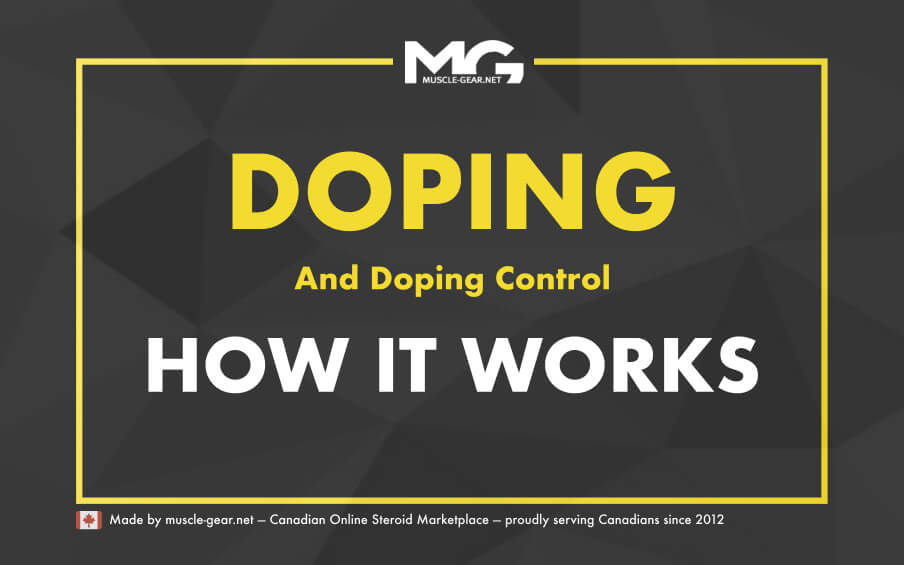Currently, on the supplement market and some research chemical sites, there is a substance that is not well understood. The reason for the lack of information on this compound is due to there being only in vitro cell culture data available for it with no actual animal data. In Kanno et all 2010 (17a,20E)-17,20-[(1-Methoxyethylidene)bis(oxy)]-3-oxo-19-norpregna-4,20-diene-21-carboxylic Acid Methyl Ester (YK11) Is a Partial Agonist of the Androgen Receptor it is suggested that this compound is a Selective Androgen Receptor Modulator (SARM). So before we go into more details about this compound, let us delve in a little deeper on what exactly are SARMs.
SARMs are a novel class of androgen receptor ligands. In theory, the term can include steroids as long as they are selective enough in their action (this typically means having very little to negligible androgenic effects, a pure anabolic if you will). The aim of SARMs is for there to be a compound or class of compounds which can be a viable alternative/replacement to testosterone replacement therapy. The other aim of SARMs is their use with muscle wasting diseases or conditions. For females, we are aiming for an anabolic effect in muscle and bone without the virilizing effects found in AAS which is another aim of SARMs. An additional application is the possibility of influencing aspects that androgens typically affect including libido and other sexual functions. Now that we know a little about SARMs, let’s go back to the compound we are all here for, YK11.
There has been some debate amongst the anabolics user community over how to categorize YK11. Is it actually a new steroid or is it a SARM? Now, the debate has less to do with the actions of this compound and more to do with its chemical structure. Up to now, all the SARM compounds we have seen did not have a steroid backbone.
So what we know about steroids from a structural viewpoint is that they consist of 3 fused cyclohexane rings (A, B, C) and 1 cyclopentane ring (D). YK11 having this steroid backbone makes it unique out of all the SARMs we have seen to date (with the exception of 17-hydroxy-4-aza-androstan-3-ones which was patented in 2009, this one I do not believe is available on the market though in any capacity nor is there any data demonstrating its actions). This brings us to the question: is YK11 a new steroid or is it truly a SARM? The conflict comes in when one factors in that there is no commonly accepted nomenclature for SARMs but there is a widely accepted steroid nomenclature. Since there has been no animal or human data on YK11 and we have a good sense of what the law sees as being a steroid or not (in the USA that is, based on DASCA 2014), one should play it safe and consider YK11 to be a new steroid.
YK11 is a partial agonist of the androgen receptor with a greater effect on increasing follistatin than DHT does (Kano et all 2013 Selective Androgen Receptor Modulator, YK11, Regulates Myogenic Differentiation of C2C12 Myoblasts by Follistatin Expression). What follistatin does is it inhibits the action of myostatin. Myostatin inhibits the actions of Myf5, MyoD, and myogenin. Myf5, MyoD, and myogenin induces muscle growth. This is excellent news for us but there is a negative aspect of YK11 being a partial agonist of the androgen receptor. YK11 may inhibit testosterone and DHT from acting on the androgen receptor since it will compete for binding at the androgen receptor with testosterone and DHT. This is something to consider if running YK11 as there is the risk that running DHT compounds and/or testosterone or other androgens may reduce their effectiveness since YK11 will be competing with and taking up some of the androgen receptors. In a low testosterone and/or low DHT state however, YK11 would be beneficial as you have less of a risk for androgen receptor saturation. With that said, even though there is a risk of YK11 being an antiandrogen and that it may be less anabolic than DHT and/or testosterone, the effects on follistatin may counter this potential drawback. This is something that should be considered when deciding to run YK11 with other androgens.
So is YK11 effective? From personal experience, it is an effective compound and it is indeed suppressive (as should be expected since it is a progestin derivative with a close chemical resemblance to Norethynodrel, a progestin, so some effect on progestogen receptors can be expected) so treat it as you would any other anabolic (same can be said for all currently available SARMs and of course all PH and steroids both designer and commercial). Used solo at a 6 mg per day dose (split into 3 doses of 2 mg each throughout the day) one can expect to see some increase in strength and some moderate lean mass gains (dependent on the nutrition of course). At such a low dose I would suggest using it to extend a cycle of a stronger compound (I have in the past bridged into YK11 from a trenavar/trenabol cycle). It works well for helping hold on to the gains from the stronger compound one bridges from. As a solo cycle with the intention of gaining notable strength and muscle, I would highly suggest bumping the dosage up to 9-12 mg (I have seen it being sold mostly in the 9-12 mg per day range). Keep in mind that there are no available animal data for this compound and looking at the structure it has 4 methyl groups which may prove to be hepatoxic. I would not risk one's health by bumping the dosage up over 12 mg personally, at least not until this compound becomes much more widely used.

 Trusted by 50,000 Customers
Trusted by 50,000 Customers